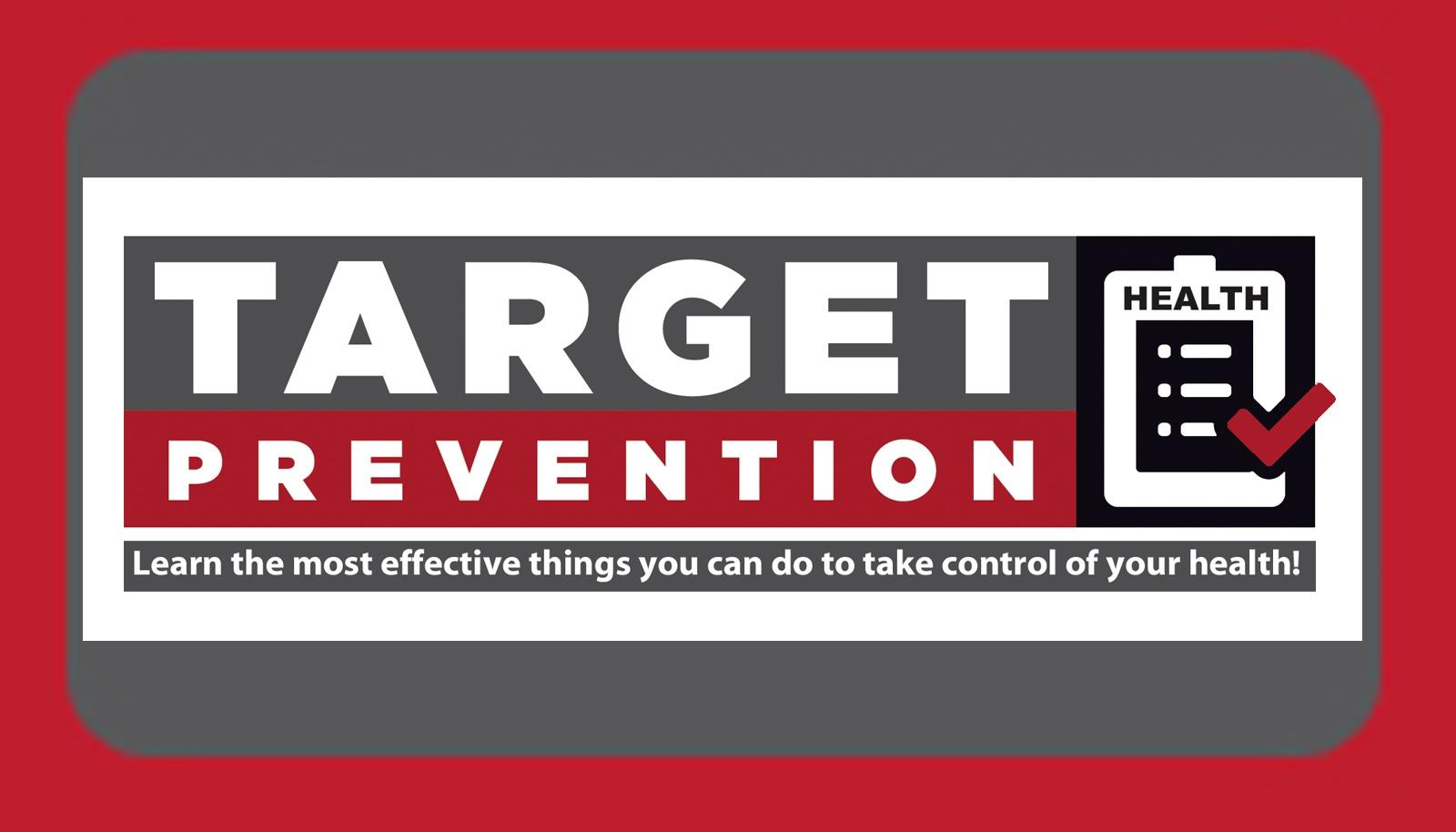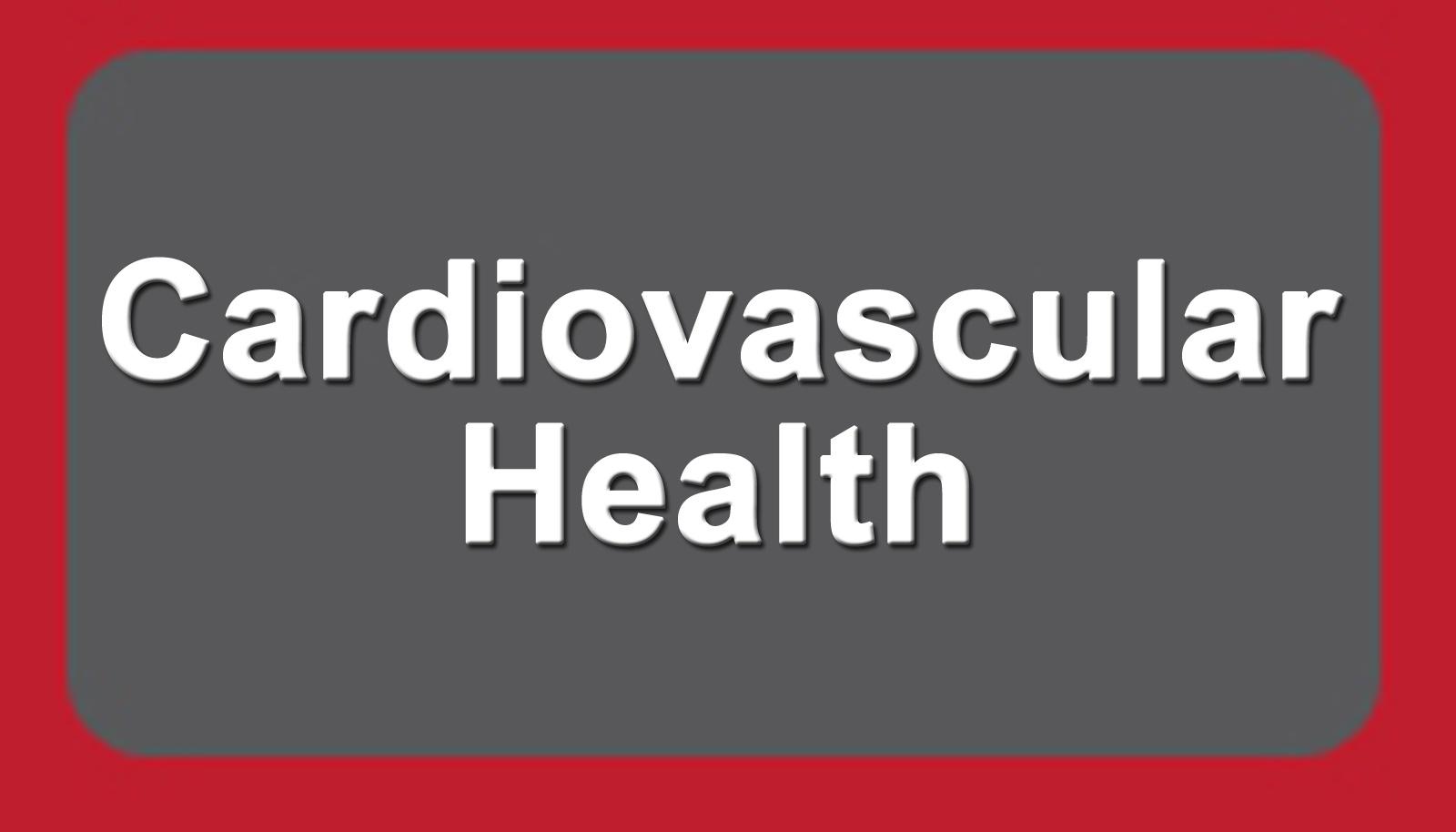Learn more about creating a healthy diet and increasing physical activity
Improving what you eat and being active will improve your health and help to reduce your risk of chronic diseases such as diabetes, heart disease, some cancers and obesity.
Creating a Healthy Diet
Foods like vegetables, fruits, whole grains, low-fat dairy products and lean proteins contain the nutrients your body needs without too many calories.
Try some of these tips for creating a healthier diet:
- Make half your plate fruits and vegetables.
- Try to eat red, orange and dark-green vegetables, such as tomatoes, sweet potatoes and broccoli, in main and side dishes.
- Turn to nature’s original fast foods—fruits and vegetables when you snack.
- Switch to skim or 1% milk. They have the same amount of calcium and other essential nutrients as whole milk, but less fat and calories.
- Try calcium-fortified soy products as an alternative to dairy foods.
- Make at least half of your plate whole grains. Choose 100% whole-grain cereals, breads, crackers, rice and pasta.
- Vary your lean protein. Two-three times a week, make seafood the protein on your plate.
- Eat beans, which are a natural source of fiber and protein.
- Keep meat and poultry portions small and lean.
- Choose foods and drinks with little or no added sugars. Water is always great choice. There are about 10 packets of sugar in a 12-ounce can of soda.
- Look out for salt (sodium) in foods—it all adds up. Too much sodium can increase your blood pressure.
- Make major sources of saturated fats—such as cakes, cookies, ice cream, pizza, cheese, sausages, and hot dogs—occasional choices, not every day foods.
- Try to avoid processed foods.
- Learn to understand and use nutrition facts labels. Use food labels to help you make better choices. Check for calories. Be sure to look at the serving size and how many servings you are actually consuming. If you double the servings you eat, you double the calories. Choose foods with lower calories, saturated fat, trans fat, and sodium. Check for added sugars using the ingredients list. When a sugar is close to first on the ingredients list, the food is high in added sugars. Some names for added sugars include sucrose, glucose, high fructose corn syrup, corn syrup, maple syrup, and fructose.
- Get your personal daily calorie target at www.ChooseMyPlate.gov and keep that number in mind when deciding what to eat.
- Cook more often at home where you are in control of what’s in your food.
- When eating out look for healthy options. You can also try to make your selection even healthier by asking for sauces and dressings on the side, requesting substitutions like a side of steamed vegetables instead of fries or by saving part your portion for another meal.
- Keep a food diary to help you keep track of what you eat.
- Avoid oversized portions.
- Consider using a smaller plate, bowl or glass.
Be Physically Active
Physical activity is anything that gets your body moving. Adults need at least 150 minutes of moderate intensity aerobic activity (i.e., brisk walking) every week and muscle-strengthening activities on two or more days of the week. 150 minutes a week may sound like a lot of time, but it’s about the same amount of time (2 hours and 30 minutes) you might spend watching a movie. Pick activities that you like and start by doing what you can, at least 10 minutes at a time. Every little bit adds up, and the health benefits increase as you spend more time being active. More time equals more health benefits. If you go beyond 300 minutes a week of moderate-intensity activity, or 150 minutes a week of vigorous-intensity activity, you’ll gain even more health benefits.
Learn more about eating healthy and physical activity from the U.S. Department of Health and Human Services




